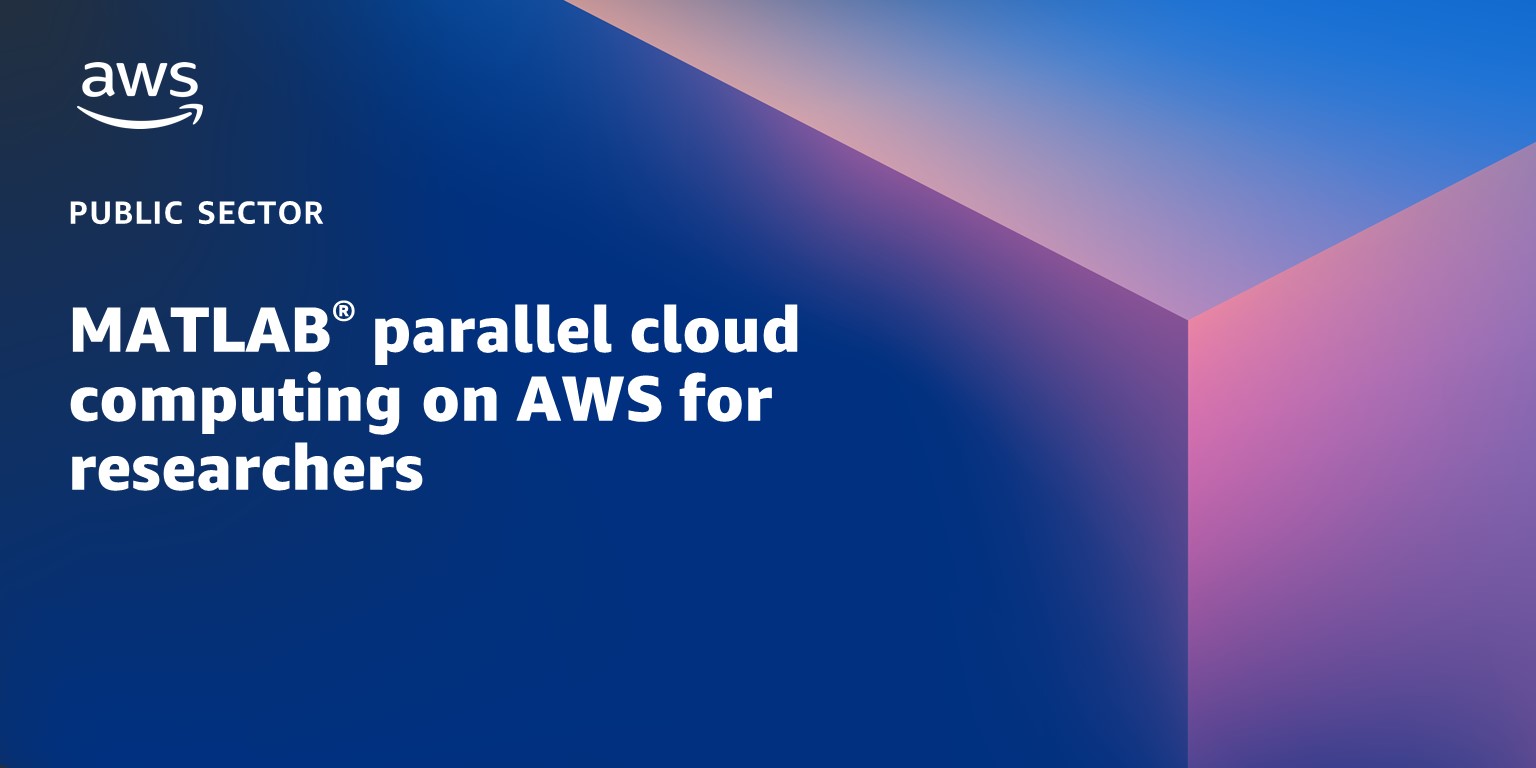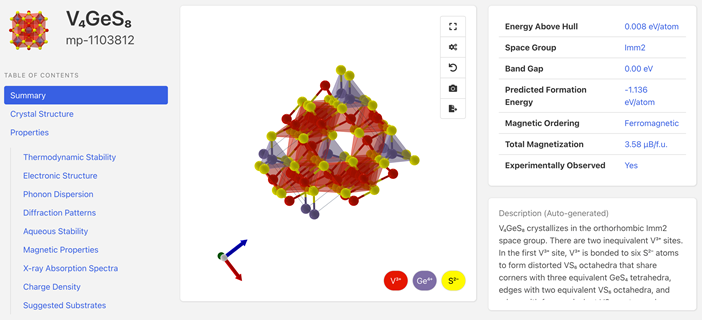AWS Public Sector Blog
Tag: research
Japan’s High Energy Accelerator Research Organization, KEK, accelerates search for new vaccines with AWS
Japan’s High Energy Accelerator Research Organization (KEK), is a Nobel Award-winning Inter-University Research Institute, and one of the world’s leading accelerator research institutes. To further help researchers understand human biology, AWS and KEK recently announced a collaboration to develop GoToCloud, a KEK-led cloud platform that makes protein analysis faster and more cost-effective, boosting KEK’s research efforts and improving our understanding of disease. This initiative has also accelerated the digital transformation of Japan’s scientific research infrastructure, helping scientists discover new medicines and produce world-class research results using cloud technology.
How to set up MATLAB parallel cloud computing on AWS for researchers
Many researchers use MATLAB® from MathWorks, a programming and numeric computing platform, to analyze data, develop algorithms, and create models. As a researcher, you can leverage AWS to expand available computational resources right from your desktop or laptop. In this blog post, we walk through how to integrate MathWorks Cloud Center with AWS in order to accelerate scientific computation and innovation.
Accelerating and democratizing research with the AWS Cloud
The cloud is changing the way we do research—accelerating the pace of innovation, democratizing access to data, and allowing researchers and scientists to scale, work collaboratively, and make new discoveries from which we may all benefit. Researchers from around the world look to the AWS Cloud for customer-focused, pioneering, and secure solutions for their toughest challenges. Discover how customers in Latin America and Canada use AWS for research.
MeitY Quantum Computing Applications Lab (QCAL) boosts scientific and industry focus for its second cohort
In India, the Quantum Computing Applications Lab (QCAL), a collaboration between the Ministry of Electronics and Information Technology (MeitY) and AWS, announced that it will strengthen its scientific research and industry focus for its second cohort, through new support from the Office of the Principal Scientific Adviser (PSA) to the Government of India, as well as Indian advanced technology consultancies and AWS Partners Mphasis and Fractal. The MeitY QCAL will accept applications for the second cohort later this month.
Alex’s Lemonade Stand Foundation uses AWS to advance cutting-edge pediatric cancer research worldwide
In 2017, the Alex’s Lemonade Stand Foundation (ALSF) founded the Childhood Cancer Data Lab (Data Lab) to address an important gap in the pediatric cancer field: vast amounts of accumulated data were not being put to use at scale. To address this gap, the Data Lab used AWS to build refine.bio, an openly available collection of normalized bulk gene expression data, to make public datasets interoperable and reusable.
New research shows EU and UK healthcare sectors could save 14.4 billion euros with AWS
The AWS Cloud Economics Centre published a new analysis that identified 14.4 billion euros in potential information technology (IT) savings across the European Union and United Kingdom healthcare sectors over the next five years—the equivalent of 5,665 euros per hospital bed—through the digital transformation of IT systems by migrating to the cloud.
Accelerate research with supplemental funding from the National Science Foundation’s CloudBank
Recently, the National Science Foundation (NSF) announced a new funding opportunity for any principal investigator (PI) with an active award from the NSF Directorate for Computer and Information Science and Engineering (CISE), for use of cloud services and technologies via CloudBank. PIs can submit requests for use of the AWS Cloud, on a rolling basis, with funding made available for the duration of one year. This is a first-of-its-kind opportunity for federally-funded researchers to explore the capabilities of the AWS Cloud, at no additional cost.
How Natural Resources Canada migrated petabytes of geospatial data to the cloud
Since 1971, Canada Centre for Mapping and Earth Observation (CCMEO) at Natural Resources Canada (NRCan) has accumulated an Earth observation (EO) data archive in excess of two petabytes (PB). NRCan wanted to modernize its geospatial offerings at a faster pace, so they turned to the AWS Snow Family on AWS to migrate their large volume of data.
Accelerating new materials design with open data on AWS
The Materials Project at Lawrence Berkeley National Laboratory (LBNL) is an open database that offers information about material properties, or, all the elements and substances that make up the products we use every day. By harnessing the power of the Department of Energy’s (DOE) high-performance scientific computing and state of the art electronic structure methods, the Materials Project provides open web-based access on AWS to computational datasets on both known and potential materials, along with powerful analysis tools to help discover, inspire, and design new materials.
How researchers at UC Davis support the swine industry with data analytics on AWS
A research team led by Dr. Beatriz Martinez Lopez at UC Davis supports pig farmers with a data analytics platform that aggregates and analyzes animal health data to diagnose animal viruses and diseases. But this platform was primarily designed for analysts and data scientists. To truly transform animal disease management, Martinez-Lopez wants to put this data analytics tool into the hands of farmers around the world. So the research team is using the scalable, cost-effective tools of the AWS Cloud, along with a research grant letter of support from AWS, to make this optimized platform a reality.









